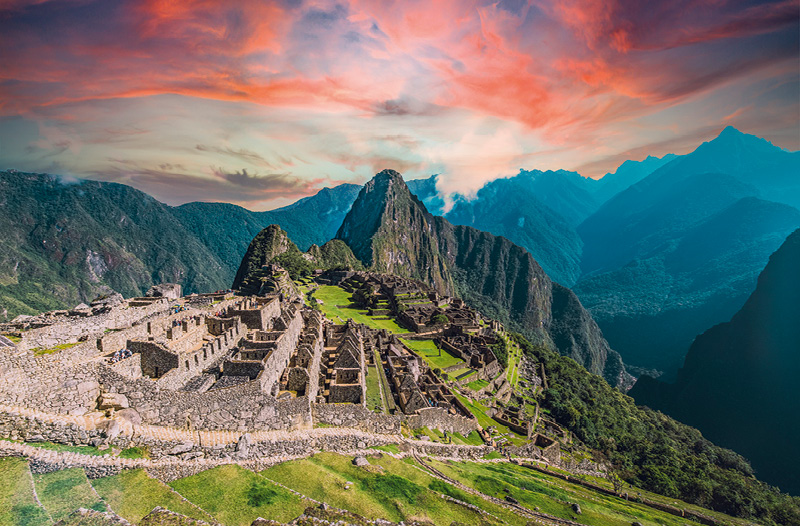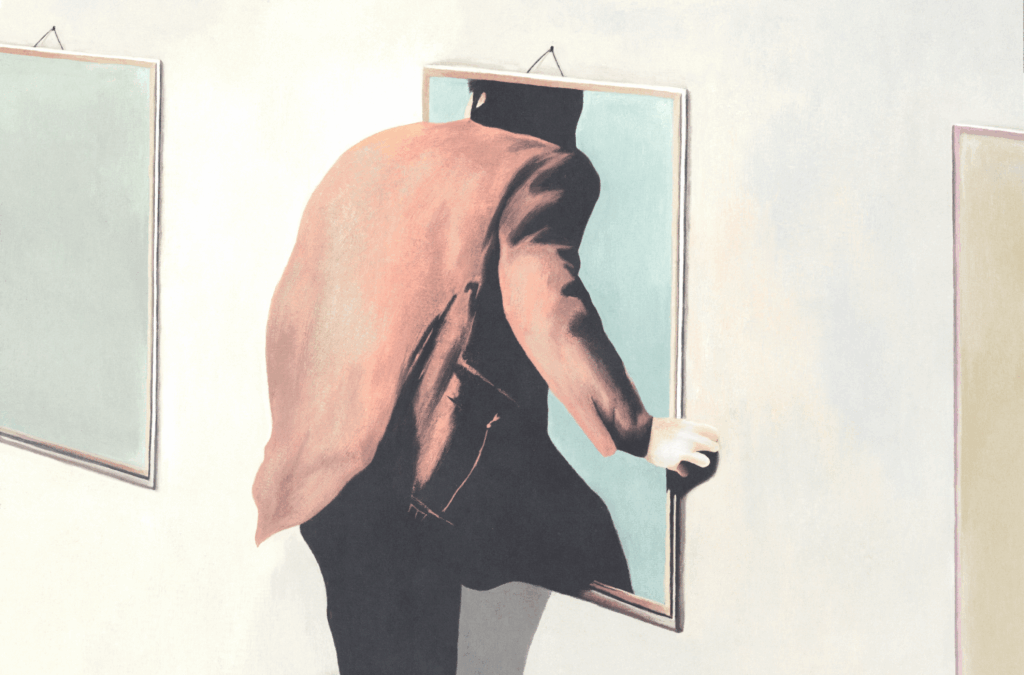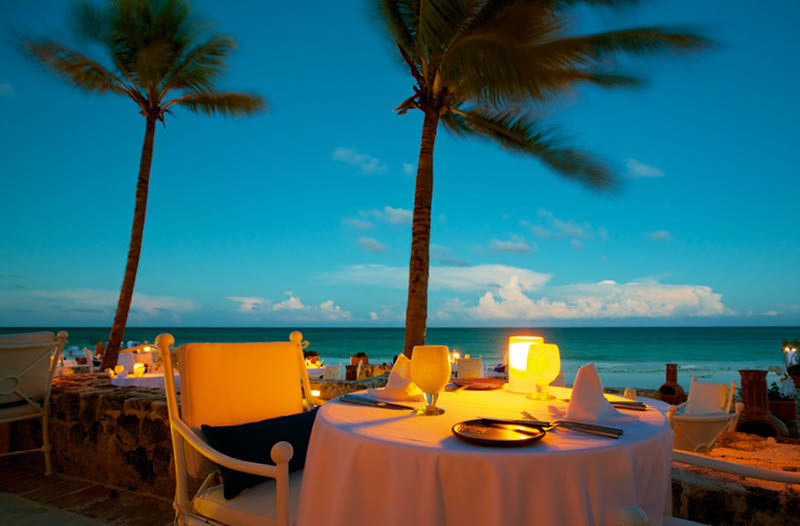
Can’t Go Wrong in Hong Kong

When in Hong Kong, look up.
The city is a gleaming, metallic forest of skyscrapers that was once called “the world’s most vertical city” due to having more 40-story buildings (currently 563) than any other city, well ahead of runners-up Shenzhen, China (443), and New York City (319). Those structures are not just for show—the urban fabric of Hong Kong weaves through them high above the ground. Within these stories you’ll find public spaces, retail shops, restaurants, factories, and enough living space to house many of its 7.5 million residents.
WHEN TO GO
During the shoulder seasons of March to April or October to December, when there’s low humidity and little rain.
LANGUAGE
Due to its British history, English is one of the two official languages of Hong Kong, alongside Cantonese.
COMPANIES TO CONSIDER
Holland America Line, Oceania Cruises, Journese, SITA World Tours
But don’t lose the forest for the giant steel trees. Hong Kong is more than a modern metropolis; it’s a captivating blend of nature, culture, and history, carved out over time by 2,200-plus years of Chinese influence and over 155 years of British colonial rule. At the base of those buildings, you’ll find ancient temples cloaked in the cloying smoke of incense, bustling street markets selling everything from cheap souvenirs to massive jade marbles, and a popular system of double-decker trams locally called the “Ding Ding.”
While the Ding Ding is a terrific way to explore the city of Hong Kong, you’ll need other modes of transportation to venture across the full territory of Hong Kong, which covers some 430 square miles, encompassing 263 islands and a mountainous peninsula that connects to China’s Guangdong Province.
The Island and the Peninsula
Most visitors begin their journey in Hong Kong city, which some consider the New York City of Asia. Like New York, Hong Kong’s neighborhoods are eclectic, each with its own personality. The party crowd heads to neon-lit Wan Chai and Lan Kwai Fong, culture seekers to Old Town Central to find the city’s historical roots, and younger travelers to Sheung Wan for artisan coffee shops, art galleries, and craft breweries. While every district has its own appeal, there are must-do activities across the city.

Lee Tung Avenue, Wan Chai, Hong Kong
If you’re in town at midweek, head to the skyscraper-flanked Happy Valley Racecourse on Wednesday night, where the “Happy Wednesday” festivities turn the 180-year-old horseracing venue into a party to remember thanks to themed nights, live music performances, food trucks, and picture-perfect photo spots. Any day of the week is a good time to visit Victoria Peak via the Peak Tram (highlighted in the May edition of Wanderlust), a downtown bus, or by hiking for those with sturdy legs. Once you’ve ascended to the wok-shaped Peak Tower, you’ll find breathtaking views of Victoria Harbour, the Kowloon Peninsula, and distant mountains—as well as two shopping malls, a garden, and restaurants on the peak itself. Stay late to see 42 buildings illuminate during a nightly light and sound show called the Symphony of Lights.
The harbor is stunning from up high, but it’s equally impressive from its own waters as you take the famous Star Ferry or a traditional junk boat across the harbor to Kowloon City. This dense urban area is packed with eye-openers, from the popular Wong Tai Sin Temple (dedicated to the Great Immortal Wong) to the Hollywood Walk of Fame-inspired Avenue of Stars, home to handprints and statues of local celebrities such as Jackie Chan and Bruce Lee.
You can shop until you drop at two of the area’s most popular markets: the Temple Street Night Market and the Ladies’ Market. The open-air street markets sell pretty much everything— quirky souvenirs, high-end jewelry, the latest tech toys, handmade crafts, veggies, you name it—and every price is negotiable, so be ready to haggle. While these two markets can become quite busy, you’ll find a more relaxed setting in the coastal town of Stanley on Hong Kong Island’s south side, which has a Riviera-esque atmosphere thanks to an open promenade and historic colonial era buildings.
Beyond the Island
Beyond its magnificent urban front, much of Hong Kong’s land mass is rural mountains and calm coastlines. The territory’s more natural side can be easily explored via ferries on adventurous day trips, where you’ll find quaint fishing villages, scenic hiking, and laid-back vibes on islands such as Lamma and Cheung Chau.

Tian Tan Buddha, Lantau Island
For a crash course on local geology, head to the Hong Kong UNESCO Global Geopark spread out over multiple areas across Sai Kung and the New Territories. This 58-squaremile area feels like a laboratory for a god, with unique sedimentary rock formations, intricately textured islands, an ancient caldera, sea arches, and honeycomb-shaped volcanic rock columns.
The most popular day-trip destination from Hong Kong City is to Lantau Island, for one large reason. Even though the island is naturally gifted—more than 50% of the land is a national park—most visitors instead head straight to the Tian Tan Buddha (aka the Big Buddha), a 112-foot bronze statue near Po Lin Monastery. The best way to reach Buddha, sitting peacefully in the lotus position and surrounded by six smaller bronze images known as “The Offering of the Six Devas,” is to take the Ngong Ping 360 glass-bottom cable car from Tung Chung to tranquil Ngong Ping Village, soaking in the views along the way. You may not enjoy the 268 steps needed to reach the statue itself, but seeing its grandeur up close is well worth the effort.
Well worth the effort—that sums up Hong Kong to a tee. This is not a place to relax and discover slowly. Instead, the more you actively seek out its wonders, its flavors, its islands, its neighborhoods, and its history, the more you’ll appreciate just how unique and utterly fascinating it is.
For an insider’s view of Hong Kong, read the Council Connection.

Hong Kong cuisine is more than just dim sum—though you really need to try the dim sum. It’s a fusion of Chinese, British, and Southeast Asian flavors and techniques focused on fresh seafood, barbecued meat, and noodles. Here are some regional specialties.
Dim sum > A flavorful assortment of bite-sized dishes typically served at brunch and best enjoyed with tea and conversation.
Gai bo > Known as chicken pot, this unique dish starts with chicken in a clay pot with spicy mala sauce, and then soup is added once most of the chicken has been consumed.
Char siu > A Cantonese dish of barbecued pork slowly roasted with a rich marinade and served with rice or noodles, or in a bun. Often sold on street corners.
Wonton noodles > Made of flour and alkaline water (to give them a bouncy texture) and served in a clear broth of dried flounder and yellow chives, among numerous variations.
Tofu pudding > Smooth, soft bean curd, either hot or cold, served plain but often topped with brown sugar or syrup.
Silk stocking tea > Highly caffeinated morning drink served with the perfect balance of evaporated milk and sweetened condensed milk




